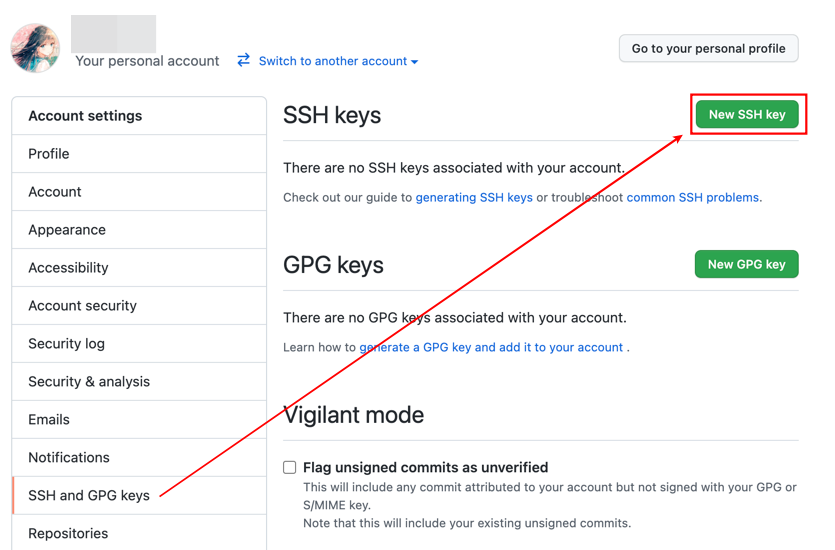

The default templates are a good reference and example of how to utilize template features. The default Git templates usually reside in a `/usr/share/git-core/templates` directory but may be a different path on your machine. You can configure a template to have default directories and files that will get copied to a new repository's. Templates allow you to initialize a new repository with a predefined. Initializes a new Git repository and copies files from the into the repository. The most common use case for git init -bare is to create a remote central repository: This means that for virtually all Git workflows, the central repository is bare, and developers local repositories are non-bare. Think of -bare as a way to mark a repository as a storage facility, as opposed to a development environment. Central repositories should always be created as bare repositories because pushing branches to a non-bare repository has the potential to overwrite changes. You would create a bare repository to git push and git pull from, but never directly commit to it. The -bare flag creates a repository that doesn’t have a working directory, making it impossible to edit files and commit changes in that repository. For example, the bare version of a repository called my-project should be stored in a directory called my-project.git. Conventionally, repositories initialized with the -bare flag end in. Shared repositories should always be created with the -bare flag (see discussion below). Initialize an empty Git repository, but omit the working directory. All you have to do is cd into your project subdirectory and run git init, and you'll have a fully functional Git repository. Additionally, Git does not require any pre-existing server or admin privileges. Git doesn’t require you to create a repository, import files, and check out a working copy. git folder elsewhere.Ĭompared to SVN, the git init command is an incredibly easy way to create new version-controlled projects. vimrc, etc.) in the home directory while keeping the. git subdirectory is to keep your system configuration "dotfiles" (. Additionally you can pass the -separate-git-dir argument for the same result. You can set the $GIT_DIR environment variable to a custom path and git init will initialize the Git configuration files there. The subdirectory path can be modified and customized if you would like it to live elsewhere. git subdirectory in every subdirectory).īy default, git init will initialize the Git configuration to the. git directory, in the root directory of the project, an existing project remains unaltered (unlike SVN, Git doesn't require a. A HEAD file is also created which points to the currently checked out commit.Īside from the. This metadata includes subdirectories for objects, refs, and template files. git subdirectory in the current working directory, which contains all of the necessary Git metadata for the new repository. Most other Git commands are not available outside of an initialized repository, so this is usually the first command you'll run in a new project.Įxecuting git init creates a. It can be used to convert an existing, unversioned project to a Git repository or initialize a new, empty repository. The git init command creates a new Git repository.

The second command will fetch the overall data from the submodule project, checking out the mapped commit in the parent project.

git/config file along with the mapping from the. You need to run git submodule init and git submodule update. Note that it won’t clone the files within them. With the help of this command, you can clone the directories with their submodules. You can proceed by using the git clone command. Cloning git submodulesĪnother common action for git submodules is cloning a project with submodules. If you want the principal repository to point at the new commit, you need to invoke the git add command, commit, and finally push it.
#GIT ADD REMOTE AND INIT CODE#
It will check out the code of the submodule on another commit, not the one that your main repository is pointing at. If you invoke the git status command in your principal repository, the submodule will be in the “Changes not staged for commit” with the following text: “modified content.

Git pull -recurse-submodules Pushing updates in git submoduleĪs the submodule represents a separate repository, it allows running the git push command in the directory of the submodule.


 0 kommentar(er)
0 kommentar(er)
